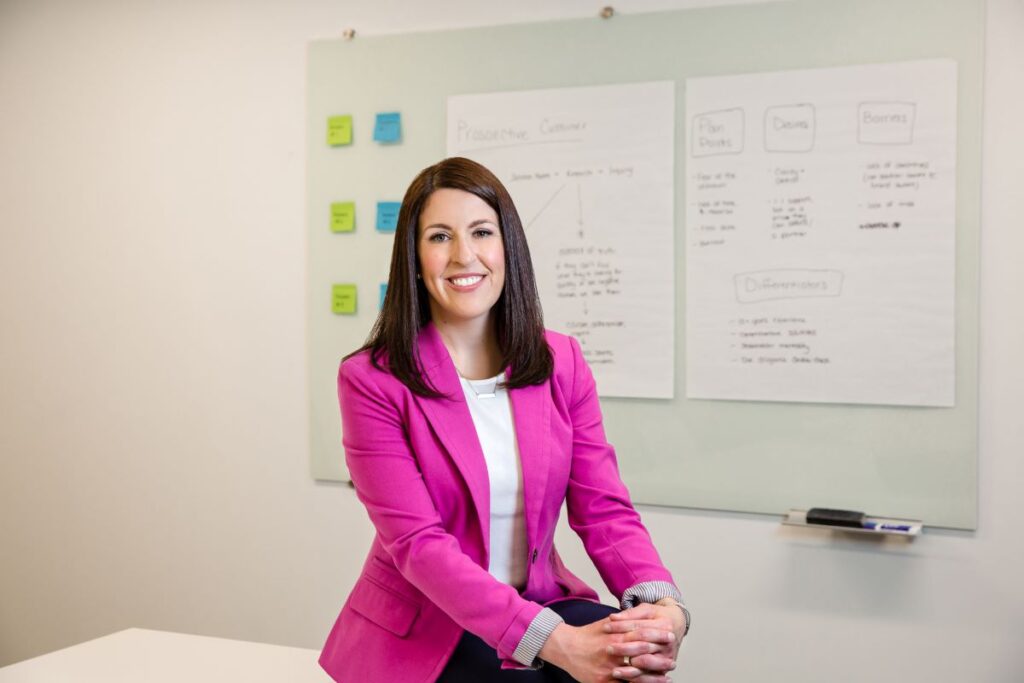How to Send a Proposal
This is it! We’re nearing the end of our Business Development Playbook! I have to chuckle to myself because from your end, you must be wondering “They’re still talking about this? How can it be that long?!” Yet from our end, we had to figure out how to trim it down, as our internal version is 60 pages long (lucky Sarah, haha)!
But we can’t peter out yet. Because if you don’t end your prospecting process well, you’ve lost the whole point. After all, your last interactions with a prospect will be how you’re remembered: the “aftertaste,” as Nancy would say. So assuming that your prospect has made it through quote gate, it’s now time to send the proposal.
Here’s how to send an impressive proposal, in 3 steps…

1. Send the proposal within 24 hours of your meeting.
Ideally, you’ll send it day-of, if at all possible. But sometimes our calendars prevent such. If you can’t do it same day, send within 24 business hours. If your work requires detailed, bespoke creation and if 24 hours isn’t possible, set the expectation for what is. State a crisp commitment to your to-be client, and hold yourself accountable with a deadline, outloud. Then, of course, you must deliver on the deadline.
2. Present in person, by phone, or with video.
Which one of these you select will depend on how much time you’ve spent with the prospect already. For example, we have extremely detailed prospect consultations and over-communicate while we’re in the meeting. So there’s not new information in the proposal that we haven’t already discussed. And therefore, we add a personalized, short video, recapping key points and expressing our enthusiasm for the opportunity. (After all, we only release a proposal when we are actually enthusiastic about it).
On the other hand, one of our clients just made a bold commitment. They only want to go after exciting ideal clients, demanding a certain commitment and workload. Their clients will be one of a few, so they want each one to count and be meaningful. And they plan to present each one of these proposals in person; that’s the litmus test for “are they a prospect who’s worth it to my business?”
Presenting by phone is kind of an in-between. While you’re learning how to over-communicate during a consult, presenting by phone may be a good way to practice presenting the points to cover and questions that your prospect will have.
3. Set a clear follow-up date and call to to check-in.
Setting a follow-up date isn’t pushy; it’s what we fallible humans need. Daniel Pink cites several examples of this in When:
- Kiva found that 24% more of loan applicants completed their application when they were given a deadline;
- people given a date and time deadline are more likely to be organ donors than when the choice is left open ended; and
- recipients of gift certificates valid for two weeks are three times more likely to redeem them than those with the same gift certificate, valid for two months.
See? We’re not wired for accountability! We like choice, yet we ironically also like being told what to do.
When we deliver a proposal, we state that we’ll follow up within 48 hours (then we explicitly say which day that is). In our business we’ve learned that people want our services immediately, or they’ll come back to us a couple years down the road when they’re ready. (Really, it’s that extreme)!
Which is why: next week, our verrrrrrrrrrry last installment of the Business Development Playbook is the one you don’t want to miss. Stay tuned 😉


